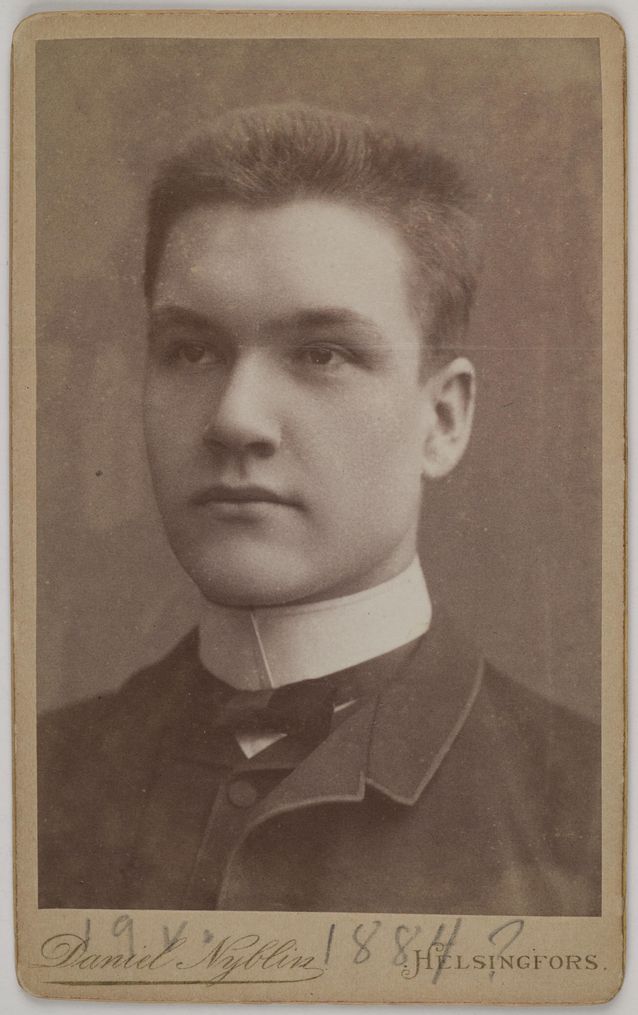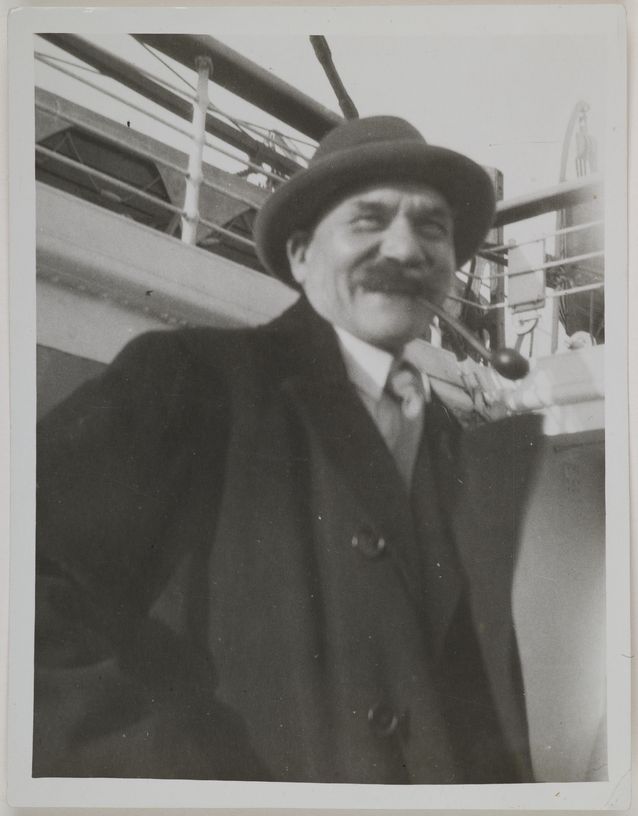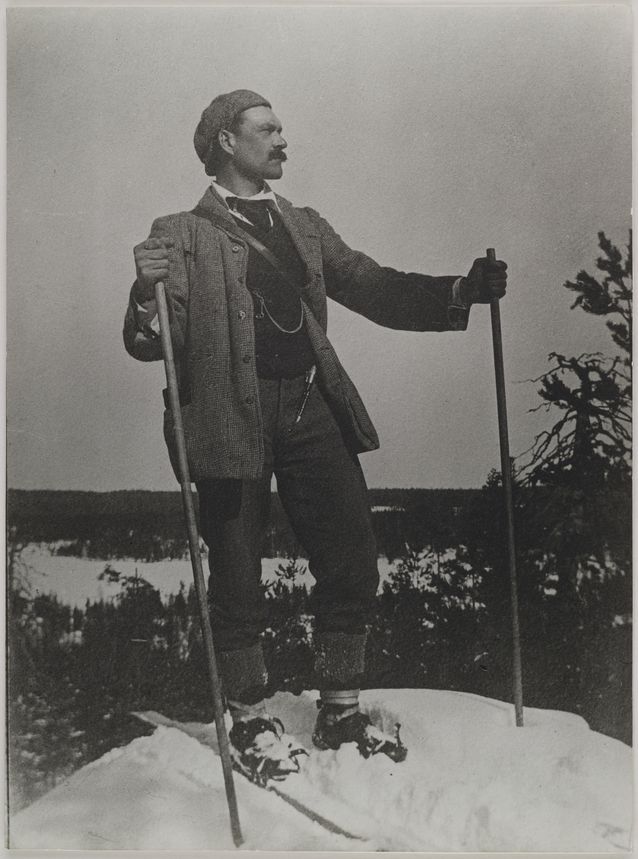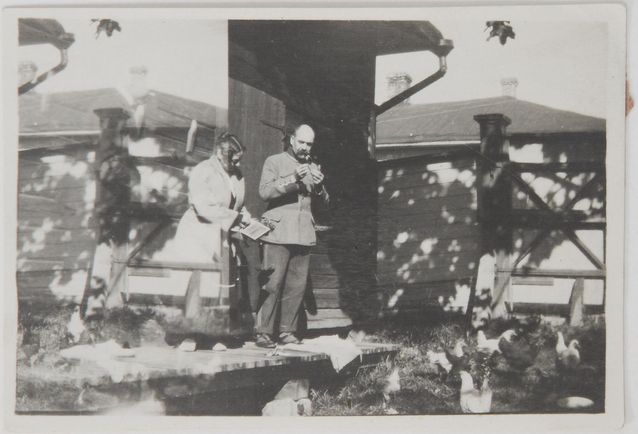Honorary Doctorates
Selected eight recipients of honorary doctorates from our faculty
Carl Gustaf Emil Mannerheim
Born June 4, 1867, Askainen. Died January 27, 1951, Lausanne, Switzerland
Honorary doctorate 1919
Akseli Gallen-Kallela
Born April 26, 1865, Pori. Died March 7, 1931, Stockholm
Honorary doctorate 1923
Otto Manninen
Born August 13, 1872, Kangasniemi. Died April 6, 1950, Helsinki
Honorary doctorate 1927
Frans Emil Sillanpää
Born September 16, 1888, Hämeenkyrö. Died June 3, 1964, Helsinki
Honorary doctorate 1936
Ilmari Kianto
Born May 7, 1874, Pulkkila. Died April 28, 1970, Helsinki
Honorary doctorate 1957
Lennart-Georg Meri
Born March 19, 1929, Tallinn. Died March 14, 2006,Tallinn
Honorary doctorate 1986
Esteri Hellen Vapaa-Jää
Born August 24, 1925, Kärkölä. Died November 22, 2011, Espoo
Honorary doctorate 1994
Mirkka Elina Rekola
Born June 26, 1931, Tampere. Died February 5, 2014, Helsinki
Honorary doctorate 2000
Photo: Faculty of Arts
Written by Tero Juutilainen and Tomas Sjöblom
Translated by Matthew Billington





